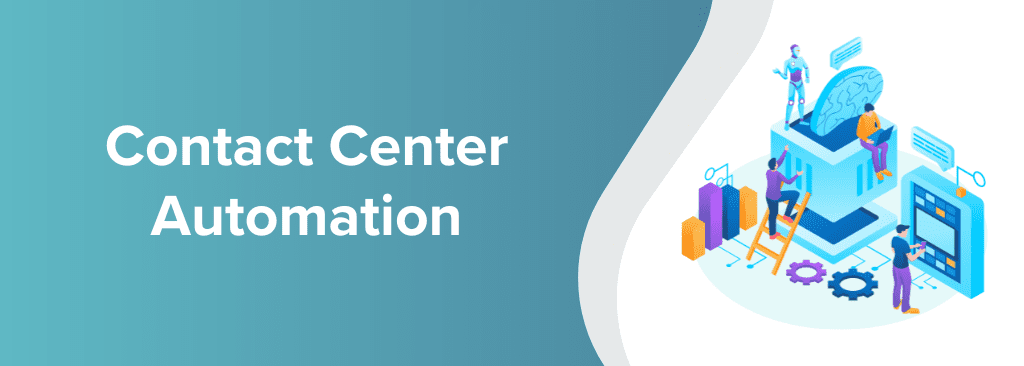Y2K, Amazon, Black Friday, and Contact Center Automation
The Y2K bug, a potential computer flaw looming on January 1, 2000, stemmed from using two-digit year codes in programming from the 1960s to the 1980s.
Concerns arose as computers might misinterpret “00” as 1900 instead of 2000. Governments and organizations invested millions in changing the codes to be Y2K compliant by changing the dates to four digits instead of two. This was a huge business for many organizations.
Sceptics downplayed its significance, but potential risks were widespread. Banks faced calculation errors; technological hubs, like power plants, grappled with safety issues; airlines risked chaos in flight schedules, among others.
Many of my friends working for software development and database companies were asked to be on call on the eve of the new year in 2000 so that any eventualities could be handled.
However, there were minimal issues, with some dismissing it as a hoax amid the lack of catastrophic outcomes.
This was a large-scale issue for which support was extended by people in the technology groups and not just by support and service personnel.
Holiday Shopping and AWS
When you talk about holiday shopping, what comes to your mind?
Amazon and its ability to handle the enormous traffic during the peak holiday season with its Amazon Web Services (AWS) infrastructure.
In the early 2000s, after creating Merchant.com, Amazon wanted to make its engineering operations more efficient. Besides, their traffic was peaking during the holiday season.
To address the traffic and engineering challenges, Allan Vermeulen, the Chief Technology Officer (CTO), led the move towards service-oriented architecture.
They were frustrated with slow software development, and following recommendations from engineering leader Matt Round, they aimed to give more autonomy to engineering teams.
They adopted REST, standardized infrastructure, removed bureaucratic decision-makers, and focused on continuous deployment.
They recognized the inefficiency of spending 70% of engineering time on infrastructure issues and created a shared IT platform, paving the way for customer-focused innovation.
By July 2002, AWS launched its first web services, allowing all developers to use the Amazon.com platform. Over one hundred applications were built on top of it by 2004. This unexpected developer interest took Amazon by surprise and convinced them that developers were hungry for more.
Andy Jassy of AWS outlined the vision for an “Internet OS) with foundational infrastructure. Chris Pinkham and Benjamin Black presented the idea of a standardized, automated retail computing infrastructure, leading to the development of Amazon EC2.
AWS officially started its public services in November 2004 with the Simple Queue Service, and thus, AWS was born.
An internal need developed into a massive business on the sidelines, and the profits of AWS outshines the profitability of all other Amazon businesses.
Technology helped address the challenges of traffic and engineering and helped offer exceptional customer experiences.
Black Friday
For most people, Black Friday is the time to fulfill their shopping wishes. It is a massive day for retailers as well.
How often have you sat in frustration waiting for the online retailer’s site to come back online
because its servers could not handle the traffic? Imagine the plight of offline retailers; these challenges have become very common.
Let us look at a few scenarios.
Scenario 1
How often have you called a bank’s contact center? Have you ever tried it on a day like Black Friday?
Wait times are magnified, and harried contact center agents can’t resolve your queries as they desperately try to get through as many calls as possible.
Banks anticipate this traffic, and many scale up their contact center operations. While that absorbs some of the pressure, it is often not enough to meet customer demand.
Besides, you need to find floor space to accommodate additional agents and train them. Scaling human capacity up and down to meet demand spikes is challenging.
Scenario 2
Online shoppers might fall victim to Black Friday scams. For their part, retailers may struggle with increased transaction volumes and encounter payment processing challenges.
When these things happen, people turn to their banks for help.
Urgent customer conversations are critical as one of your customers may need to cancel their card after a theft.
Banks are often not geared up to handle these spikes, and scaling up and down as needed isn’t very practical.
A good start is to automate as many conversations as possible.
Automation Is the Key
How easy would it be to cancel your card through IVR or text automation? You don’t need to wait to talk to an agent; you don’t have to waste any time canceling your card, preventing further damage or losses.
You can direct all your callers to AI-powered virtual assistants who can have immediate customer conversations. Most queries are transactional, and the virtual assistants can quickly handle them.
You can give your callers an option to talk to a human agent anytime during the conversation. This will be a small percentage of the callers, and the human agents can efficiently handle them.
With virtual assistants, every conversation is consistent, and it handles all rule-based queries while the human agents can focus on complex issues.
The narratives of Y2K, Amazon’s evolution with AWS, and the challenges of Black Friday converge to highlight the transformative power of technology and automation in addressing complex issues.
The solution lies in automation, offering immediate and consistent customer interactions. Automation is pivotal in enhancing operational efficiency, scalability, and customer satisfaction in the ever-evolving business and consumer interaction landscape.
